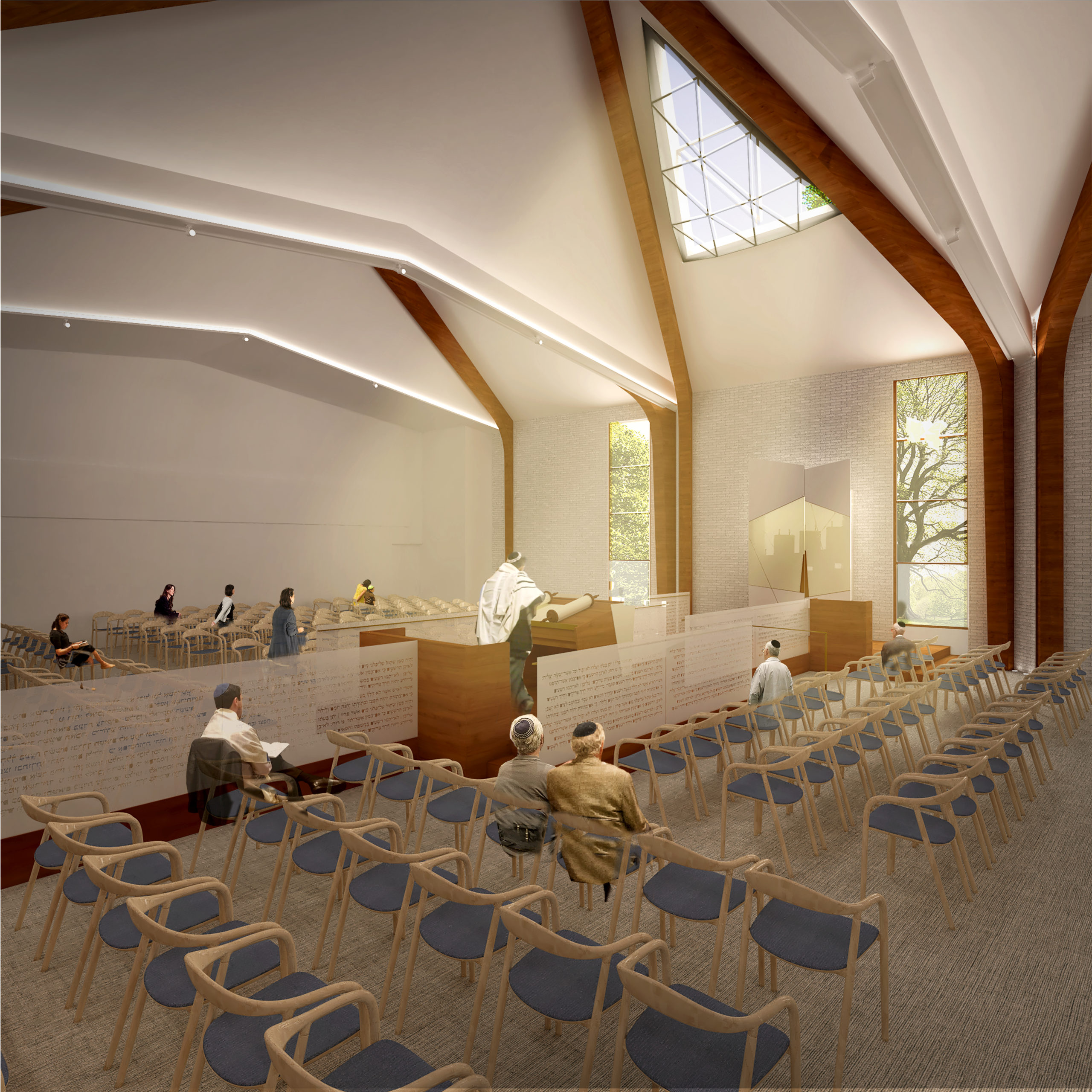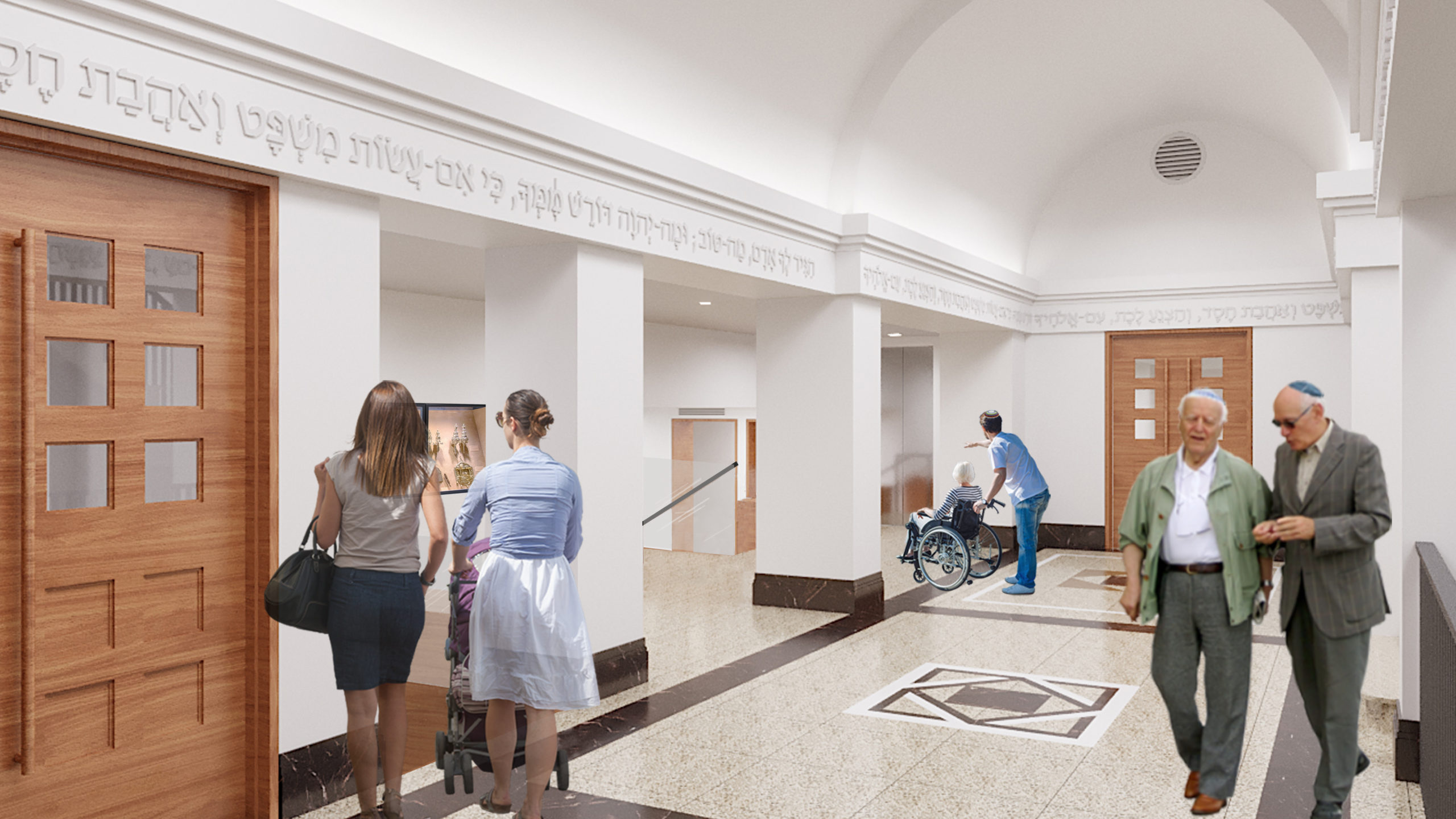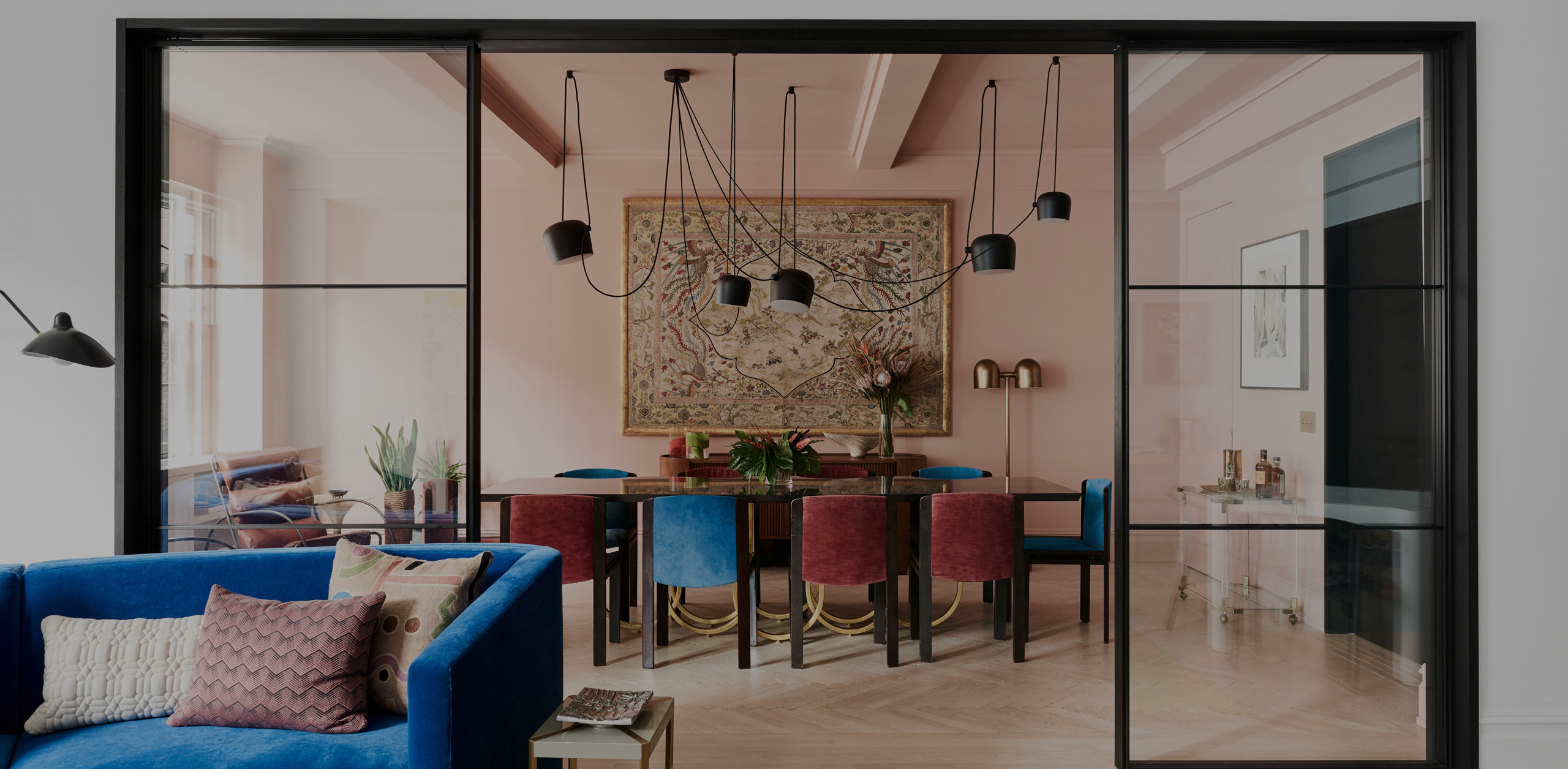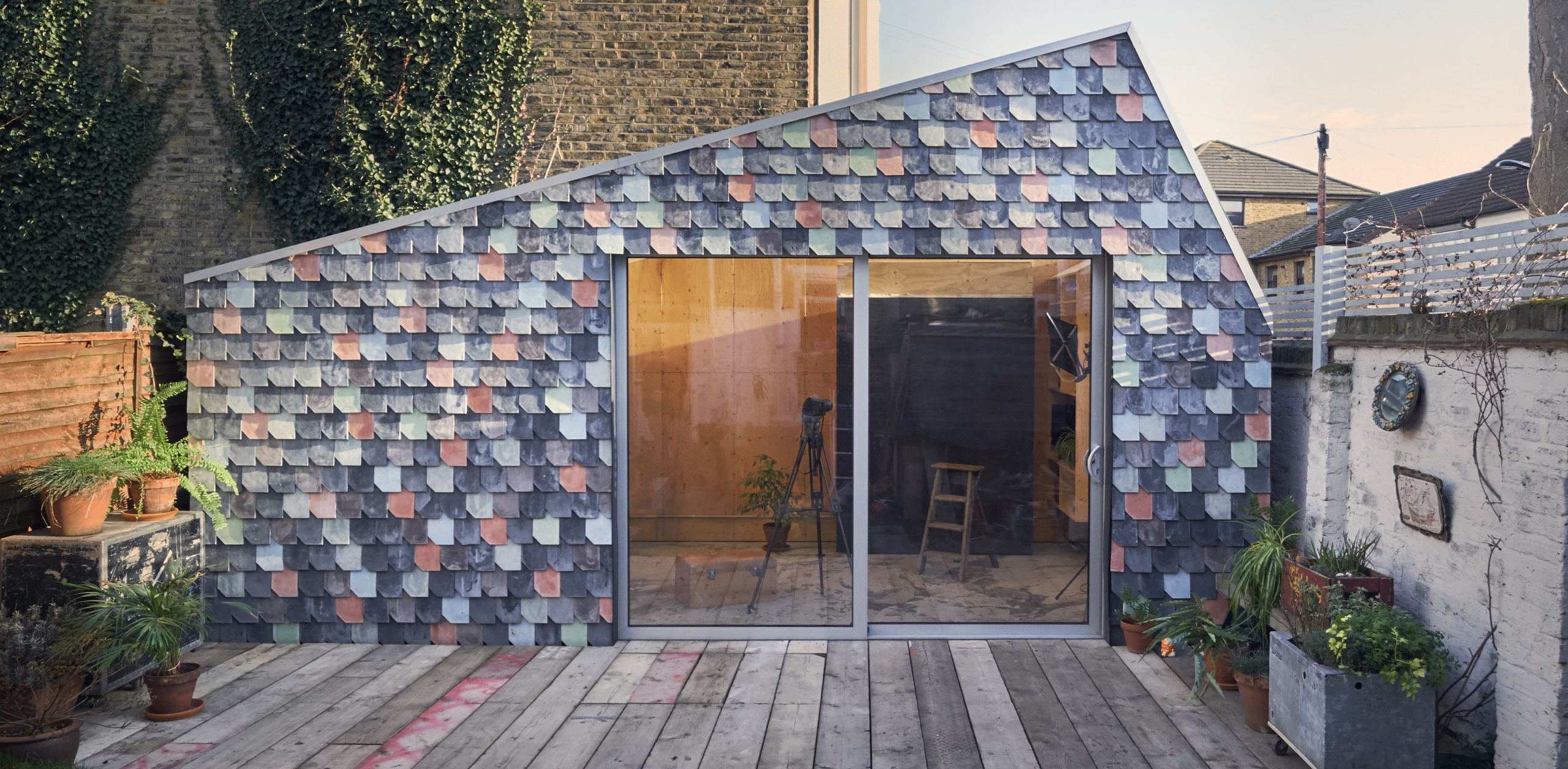Esther Sperber is an architect, founder of Studio ST Architects. She also writes and lectures about architecture and psychoanalysis. Her work has been published in the New York Times, The Huffington Post, Lilith, the Jewish Week, and many academic journals.
Is your building immoral? You are probably thinking that this is a silly question; buildings are inanimate structures, and morality is the uniquely human capacity for judgment and empathy. How could a building be measured by moral standards? How could it have, or lack, values?
To start, let’s think about some of the most obviously disturbing buildings like the sites of the slave trade, torture, or the headquarters of authoritarian regimes. Do these stone and glass structures embody the evil acts that took place within them? Can they be redeemed?
Other ethical questions that relate to architecture come to mind. For example, how should we relate to buildings by Philip Johnson, who was both a great Modernist and a staunch anti-Semite who enthusiastically supported Fascism and Nazism? Should architects refrain from the design of buildings that facilitate racial inequality? In a recent statement, the New York chapter of the American Institute of Architects called its members to do exactly that, saying that architects should “no longer to design unjust, cruel or harmful spaces of incarceration within the current United States justice system, such as prisons, jails, detention centers, and police stations.”
Other buildings may be tainted not by their creators or by their functional use but by the means and methods with which they were constructed. A controversy erupted in response to the Guardian report, back in 2014, that revealed how over 800 migrant workers died in the preparations for the 2022 World Cup in Qatar. Zaha Hadid, the architect for the Al-Wakrah stadium, said that while the deaths were a serious problem, she had “nothing to do with the workers.” Whether the architect is responsible for these horrible deaths, a structure that was built at the cost of so many human lives is tainted.
But buildings can inflict injustice or harm in less egregious ways. For example, urban tourism is rooted in the charm of ancient cities that were built by a small class of rulers who exploited the rest of society. More recently, the industrial enthusiasm for air conditioning and artificial lighting created business centers and residential suburban sprawl that waste energy and contribute to the rapid climate change we are experiencing.
Let me share an even smaller example. A few weeks ago, a sign with a large capital letter “D” was posted in my apartment building entry. A new local law in New York City requires every building over 25,000 square feet to post a letter grade for energy efficiency. Nearly 70% of greenhouse emissions in New York City come from energy used in buildings; unbeknownst to me, my apartment building is contributing to the problem. I don’t think I ever scored a “D” before.
So perhaps my question was not so far-fetched. Buildings are designed by people, and therefore reflect the culture and society in which they were built. Architects strive to create timeless designs, but these spaces are inevitably infused with the styles and norms of their time.
As architects, we have an important role in shaping the built environment. We can fight climate change by making buildings energy efficient and by using locally sourced and sustainable materials. We can make spaces accessible and welcoming to all people, regardless of their gender, race or class. We can strive to create buildings that embody our moral values.
But how do we respond to the buildings we inherit, like my own home, that were not created with these values in mind?

The sanctuary of Skokie Synagogue, which is currently being renovated by Studio ST Architects to emphasize visual and auditory accessibility through day light and artificial light as well as acoustics.
The lack of accessibility is a recurrent challenge in the renovation of historic buildings. My firm, Studio ST Architects, is currently working on a number of synagogue buildings, none of which are truly accessible. The ethical dilemma, in this case, is especially poignant. How can we pray in a space that excludes part of the congregation? How can a space be holy if it inflicts pain?
Our synagogue clients have been deeply committed to these values and have put mobility along with auditory and visual accessibility at the center of their proposed renovations. We are incorporating elevators, skylights, ramps and acoustic sound deflectors, so that we combine our aesthetics and values in the new design.
While many old buildings have been retrofitted, others may be difficult, if not impossible, to change. What should we do with these existing buildings that conflict with our understanding of inclusivity and equity? Should we continue using them in this state?
Contemporary architecture is not immune from injustice. Unfortunately, the construction industry and the production of building materials are among the industries in which child labor and forced labor are hidden yet prevalent. The Grace Farms Foundation, through its Design for Freedom initiative, is working to promote ethical standards in the building and construction industry and to fight against forced labor. The Architecture Lobby and Just Design promote ethical and equitable treatment of young architects and designers in architectural firms. New organizations are working towards equity for women and for racial and social justice.
Hopefully, this important work will help shift the industry toward justice, but what can we do with existing, often new and beautiful, buildings that do not meet these basic ethical requirements?
Architecture is a part of our bigger body of culture, and I think that we can treat these challenging buildings, our architectural heritage, like other aspects of our historical culture. The Western canon of art and literature excluded many groups, and religious traditions often held beliefs that are widely acknowledged as offensive today. Our responses to these aspects of culture are evolving and complicated, but we rarely choose to abandon these pasts completely.
Existing buildings demand a similar response. While many confederate statues and memorials have been removed in the last year, buildings with dubious histories have not received the same furious attention. Buildings are demolished for a variety of reasons. They are torn down for being “brutalist and ugly” or evoking the traumatic memory of a tragedy that took place within them. Between 2000 and 2011 the Chicago Housing Authority demolished the Cabrini-Green public housing. While this plan may have aimed to reduce blight, crime and poverty concentrated in these buildings, one may suspect that the economic pressure to redevelop these sites also played a role.
Few, if any, buildings have been demolished because they are unethical.
Indeed, demolishing unethical buildings would not be a good solution. It would erase our urban history and create unnecessary waste, potentially (and paradoxically) undermining the environment in the name of an enlightened principle. So instead, we try to renovate these buildings to reduce the injustice in their architecture.
Perhaps, the concept of “renovation” could be a useful tool through which we can think of other aspects of culture that need to be updated.
We can’t judge historic buildings and past architects for their failure to express our own contemporary values. Past generations were not struggling with climate change, the needs of the LGBTQ+ community, racial biases and accessibility. Nevertheless, we cannot and should not accept the moral shortcomings that are embedded in these buildings.
We should also remember that just as the visionaries who built some of our cities’ most beautiful and emotionally resonant buildings were not imbued with the sensitivities we hold today, we should have the humility to appreciate that we too, are likely to fall short in the eyes of future generations.
Rabbi Kook, the first chief rabbi of Israel, said, “the old shall be renewed, and the new shall be sanctified” (in Hebrew, this rhymes). This, I believe, is our challenge – to respect yet renew the old and to infuse our new buildings with ancient sanctity.
The latest edition of “Architizer: The World’s Best Architecture” — a stunning, hardbound book celebrating the most inspiring contemporary architecture from around the globe — is now shipping! Secure your copy today.




